
High dry matter maize silage - harvest do’s and don’ts
To make the most of what is available, you need to plan the harvest very carefully. So what are the potential pitfalls for this years maize harvest? In summary it’s a list of do’s and don’ts, and in particular a list of don’ts!

Can I leave sheeting the clamp until the morning?
…at the end of a long day, is it really necessary to sheet up silage or will it be ok to leave it until the morning? If it’s not going to rain, it can’t come to much harm can it? Well….. …yes it does matter.

Can you make silage TOO fast?
….is all this haste really necessary to make good silage or would a bit less speed make better silage?

How to apply the right amount of silage additive
So you’ve done the technical bit and chosen the best silage additive….. but how are you actually going to apply it?
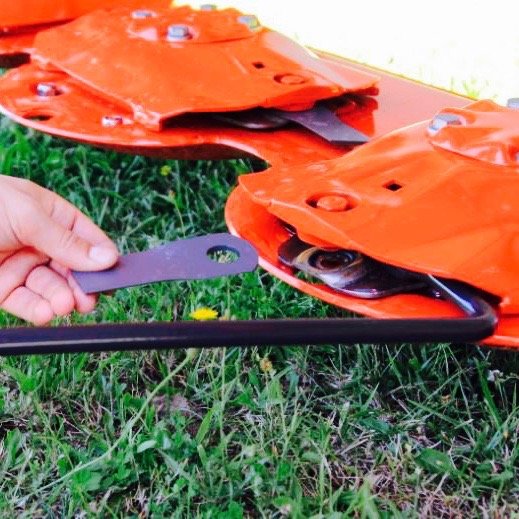
Time to change the mower blades?
keep a close eye on those mower blades if you are a silage contractor or a farmer because changing them might be a whole lot cheaper than you originally thought

Using Acetic Acid or Potassium Sorbate to aid stability in silage
silage additives have the choice of two different substances to fight aerobic moulds and yeasts, acetic acid and potassium sorbate

Benefits of longer chop lengths
Fashions come and go and longer chop length seems to becoming fashionable…... Are longer chop lengths bang on trend or barking up the wrong tree?

How to predict grass silage dry matter
we need to wilt the crop to hit the clamp dry matter target. What we are trying to do is calculate how long the crop needs to be on the ground before the chopper picks it up.
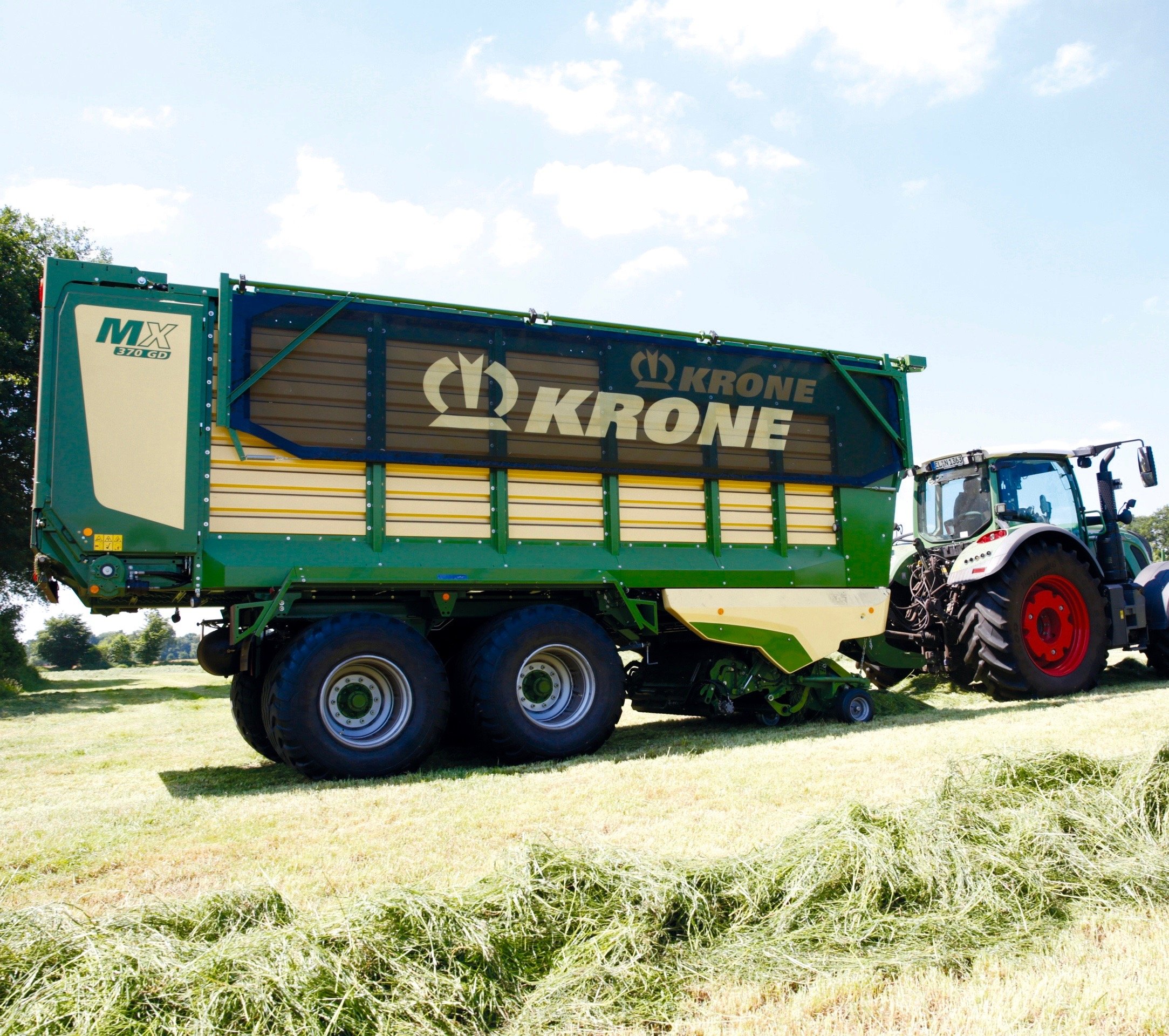
Forage Wagon vs Forage Harvester
when it comes to good silage, which is best, forage wagon or forage harvester?
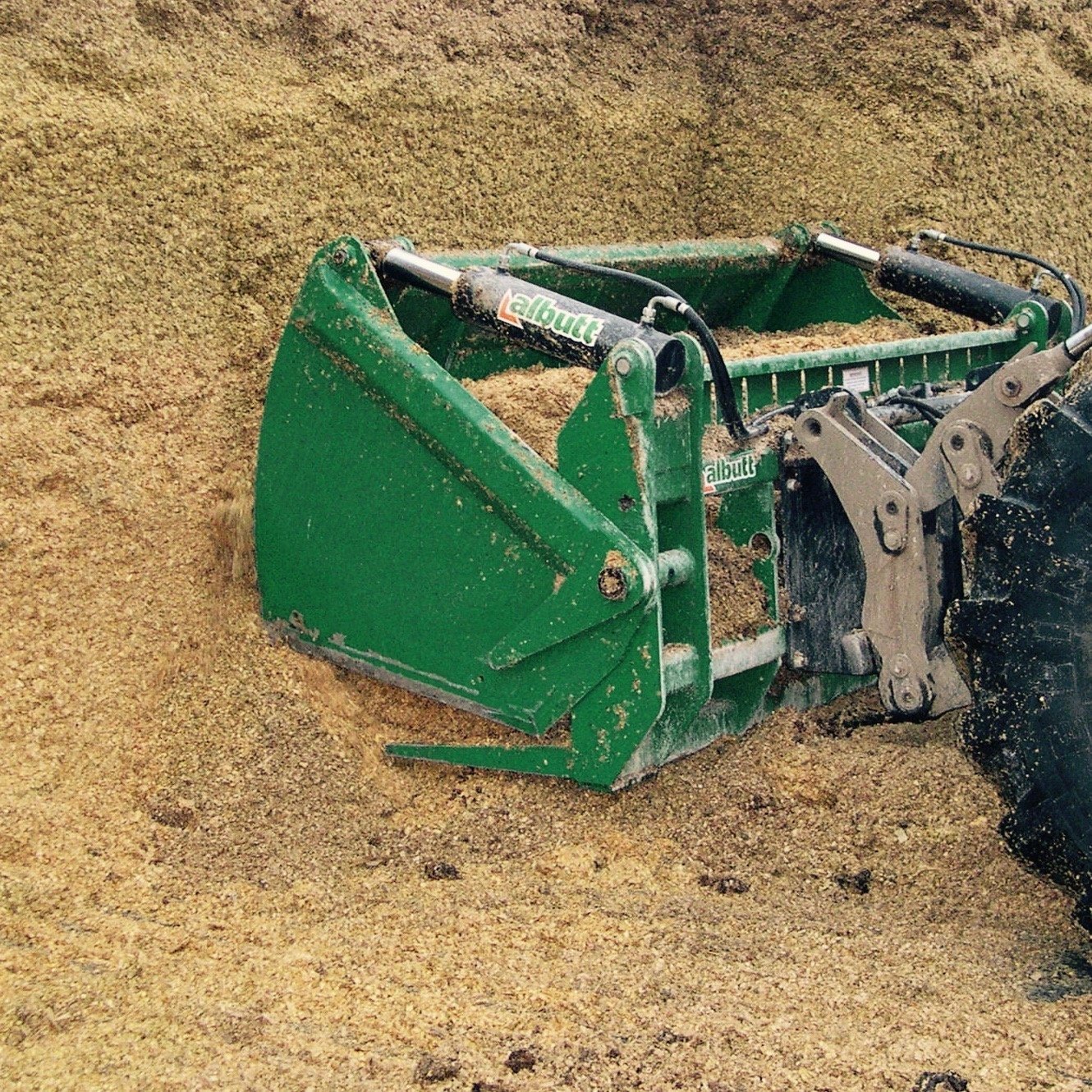
How to predict silage clamp losses
Trying to predict what these losses might be and where they might be occurring
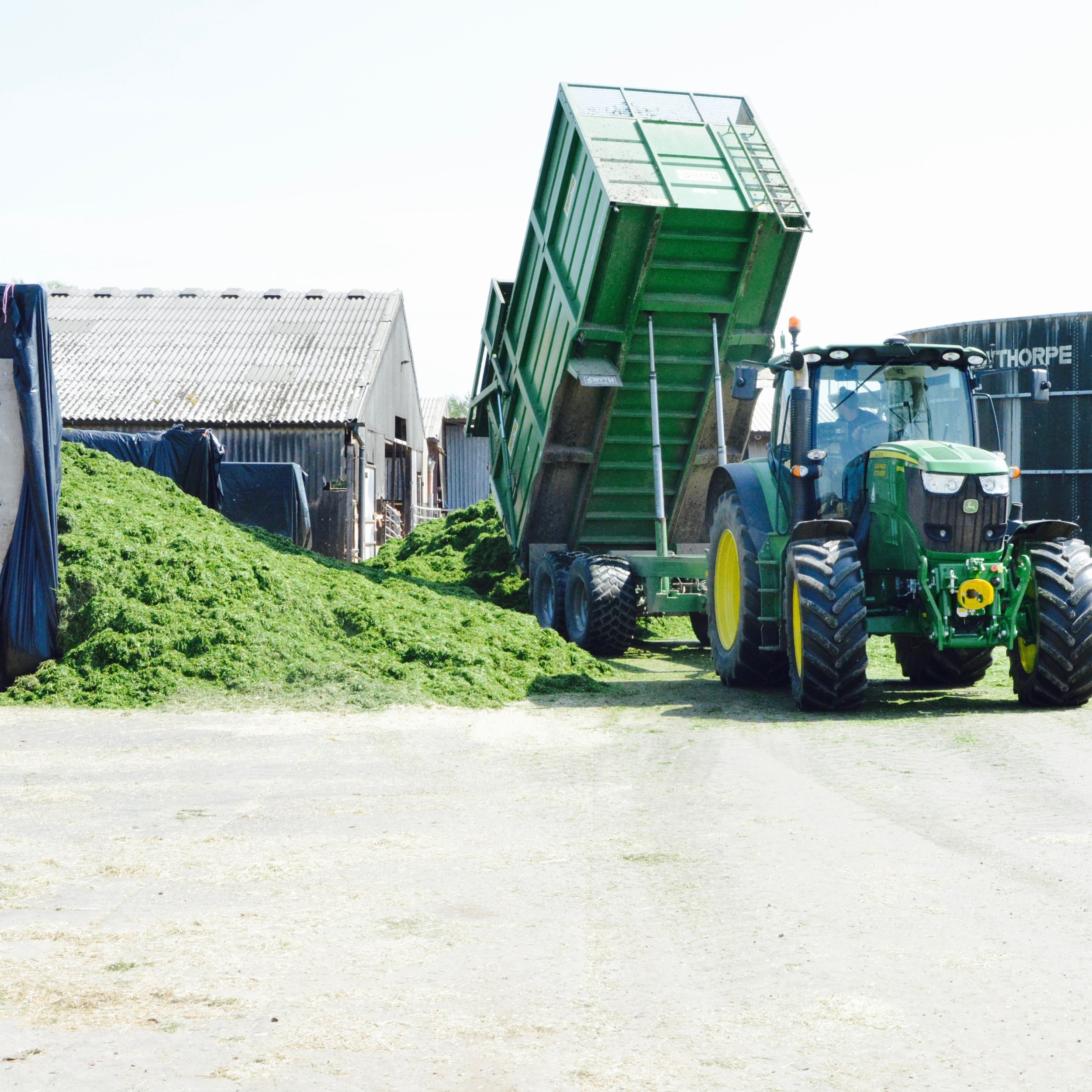
What is the ideal width for a silage clamp?
The chosen width of the clamp is super critical in design process. For any given storage size, the width of the clamp is the real dictator in the design layout.
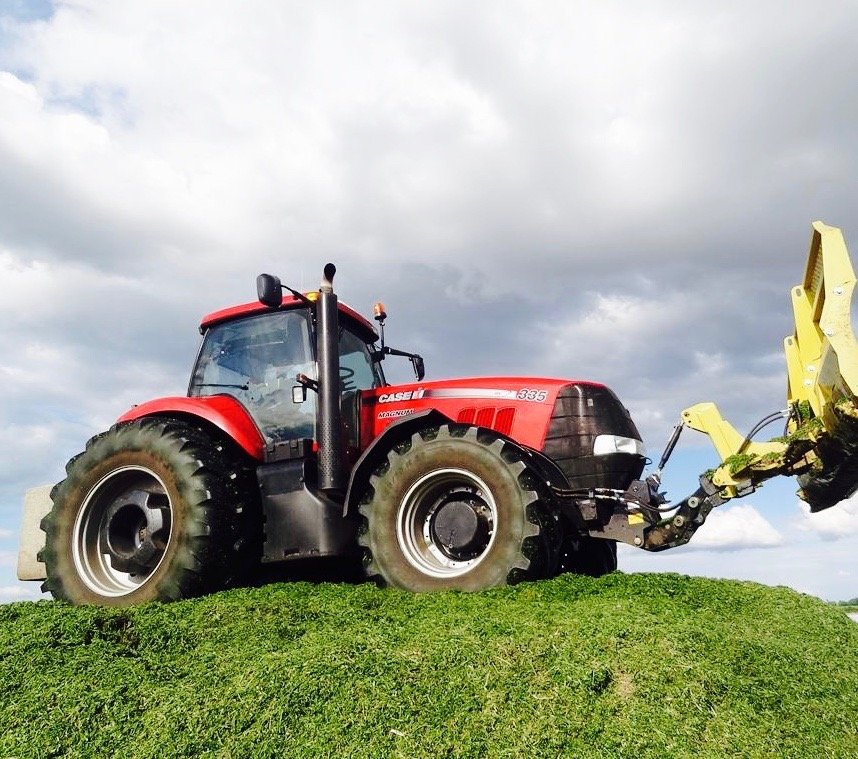
Silage Clamps and Big Tractors
Back in the day a tractors all up weight was unlikely to come anywhere near to the clamp limits but today it’s extremely likely to overload the clamp walls.

What’s best to compact the clamp – big tractor tyres or train wheels?
Forage consolidation is critical to all good silage production but it’s especially critical for silage that’s more susceptible to aerobic instability – so silage with high dry matters and silage that’s going to be fed out during the summer months. Good consolidation isn’t just a result of the weight of the tractor driving on top of the clamp; it depends on what is actually in contact with the forage itself.
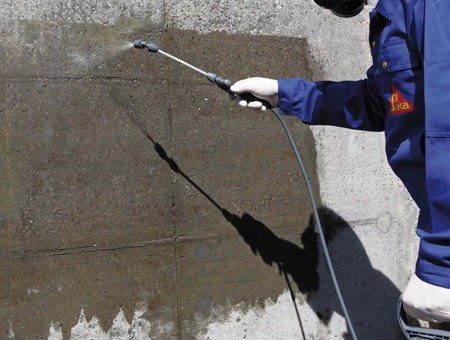
Protecting the silage clamp
It’s an unfortunate truth but silage and concrete are not really a compatible couple and don’t make happy bedfellows. It’s all because of the basic chemistry – silage is acidic and concrete is alkaline

Half full or half empty?
Poor establishment or untried varieties can produce yields that don’t live up to expectations. So if you’re faced with a taster sized portion of forage when you have clamp room for a banquette, what are your best options?

Aerobic instability in silage and what you can do to control it.
Aerobic stability is the one single area where most farmers can reduce the losses and improve the physical and financial performance of their forage based enterprise. And just to grab your attention – if you get this bit wrong, you can lose 40% of the feed value of your silage!

Maize silage cutting height - get more by leaving some behind!
How high should your maize stubble really be and can you really get more by leaving some behind? On the face of it that statement looks ridiculous, surely you need to harvest all the crop you can, but there is good science behind the thinking.
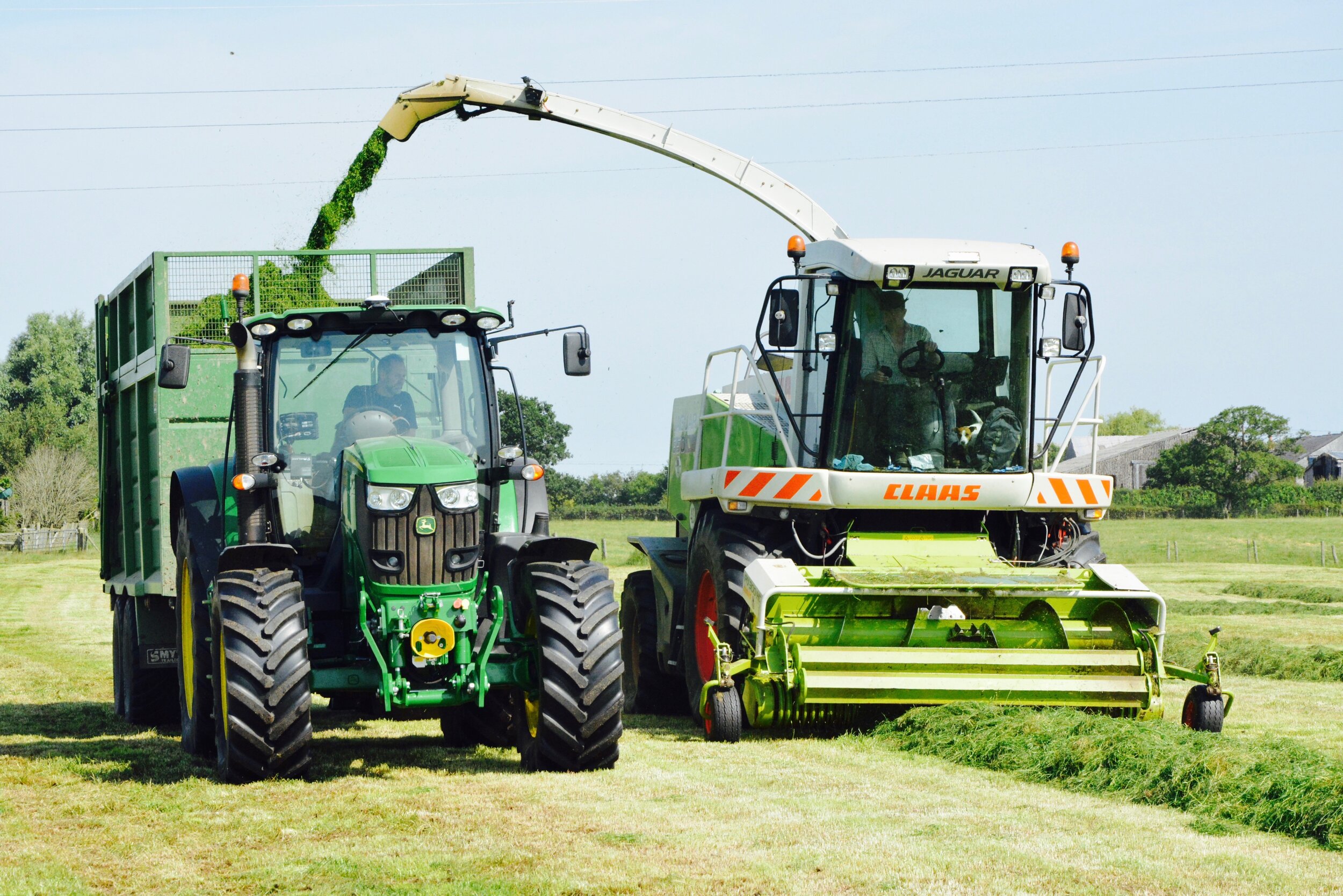
Keep off the grass!
……what does matter is where the trailer and its tractor are putting their tyres. Come to that, where everything other than the chopper is putting its tyres is really important.

Cutting whole crop silage
So what is the right bit of kit to harvest wholecrop silage? Well there are options to consider and choosing the right on for your crop depends on your crop.

Is tap water OK for your silage inoculant?
All, or almost all, silage inoculants are supplied as either a powder or as concentrated liquid that’s diluted with water, but when was the last time you read the label?